Arnold Circus
A celebrated bandstand at the center of what was once the worst slum in London.
In the 1700s, a growing population in London’s East End led to rapid, unplanned development around St. Leonard’s Church in the neighborhood of Bethnal Green. By the mid 1800s the neighborhood had earned the unfortunate distinction as London’s poorest slum.
The poverty and filth that had come to characterize this East London neighborhood, known as Old Nichol after the street that formed the neighborhood’s southern boundary, became notorious. At the urging of local pastor Reverend Osborne Jay, the newly formed London County Council (LCC) decided that the best way to help the impoverished community was to level the neighborhood and start from scratch. Construction began on new flats, which would eventually be recognized as the city’s first public housing project, in 1890. The new development opened in 1896 and consisted of 19 blocks of five-story tenements orbiting around the gardens and bandstand – constructed from materials from the demolished flats – of Arnold Circus. Though built with noble intentions, Boundary Estate, as the new development was called, effectively priced out the population it was meant to serve, and a new, predominantly Jewish population moved in to take its place.
Rather than lifting London’s poorest from squalor, the Boundary Estate forced them into neighboring slums. The construction of the estate did, however, succeed in revitalizing the immediate neighborhood. Crime and violence in the area decreased substantially and Arnold Circus was viewed as a haven by London’s Jewish immigrant community.
By the 1970s, the neighborhood’s demographics had changed substantially and Arnold Circus once again became the hub of an immigrant community, this time for London’s growing Bengali population who lived in the surrounding properties first as squatters and later, following policy revisions, as legitimate tenants. Today Bengalis account for around 40% of the estate’s residents.
In 2004 a group of citizens, noticing that the Arnold Circus gardens and bandstand had fallen to disrepair, formed the Friends of Arnold Circus, a charity committed to revitalizing the park and creating a shared public space for all to enjoy. FOAC hosts a number of community events and volunteer initiatives throughout the year.
Know Before You Go
To reach the bandstand requires a climb of 22 steps. The nearest stations are Hoxton and Shoreditch High Street.


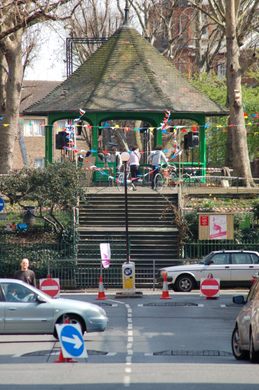
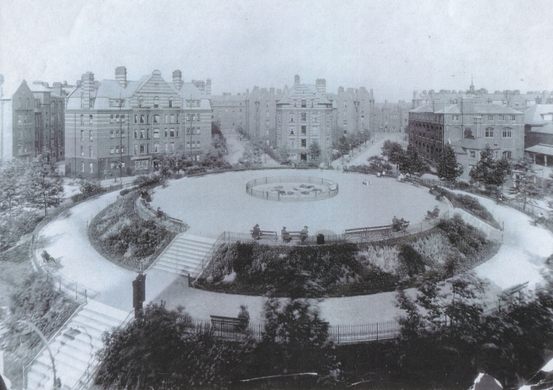
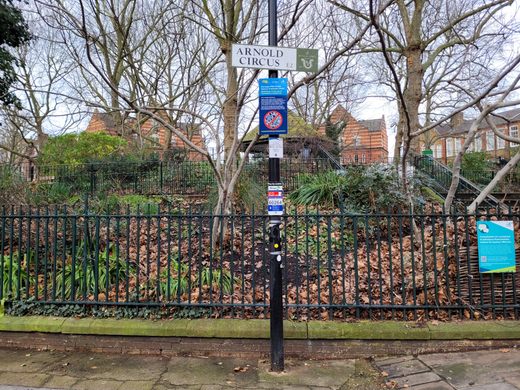
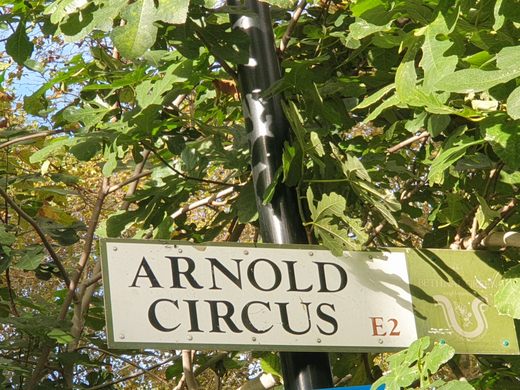
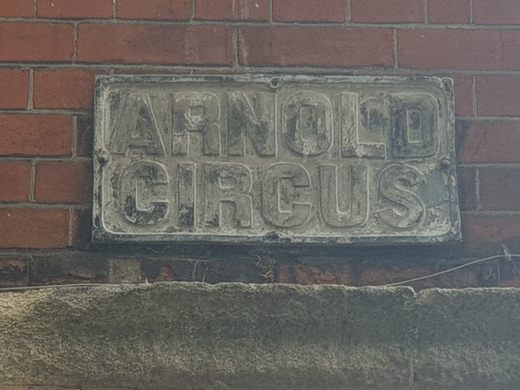
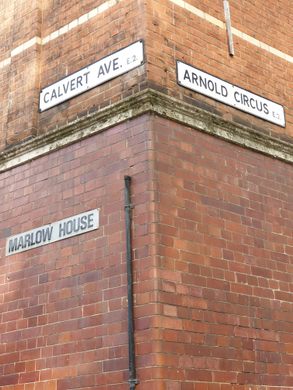


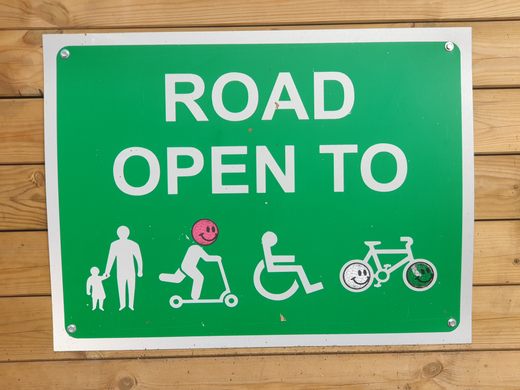


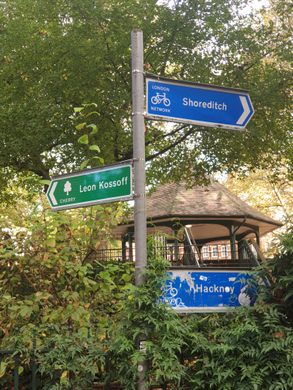
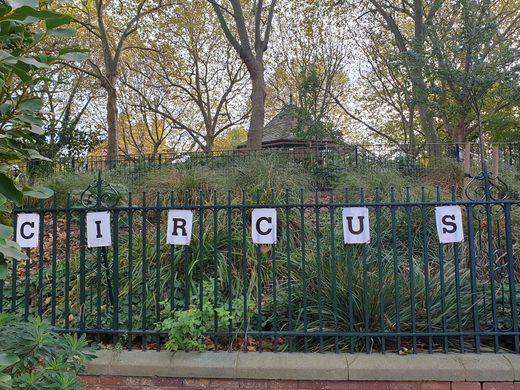
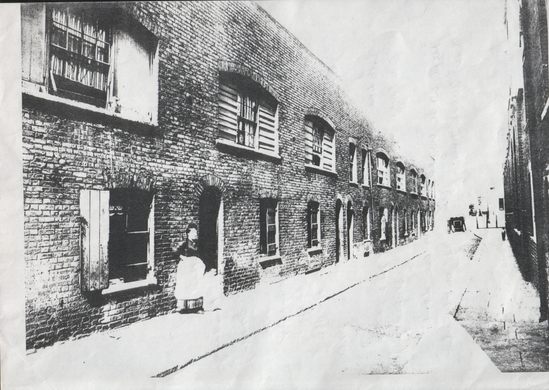
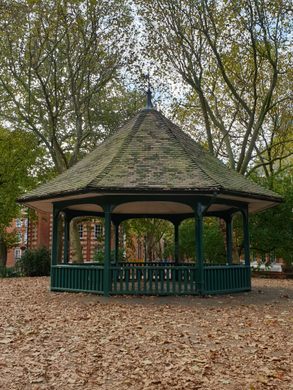


















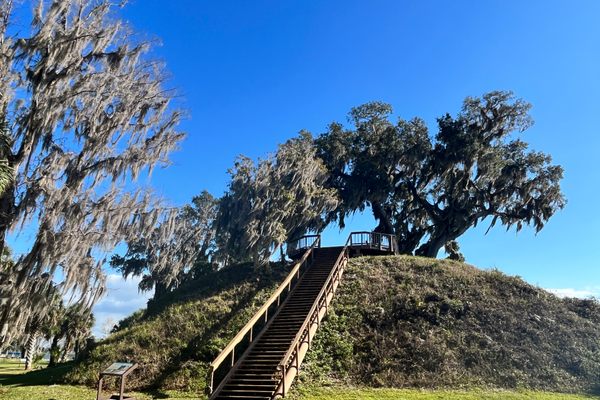
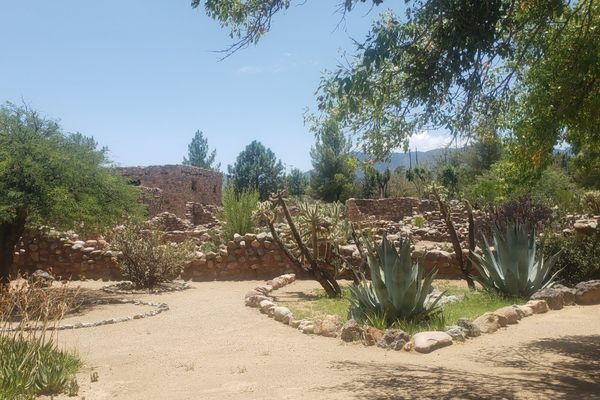

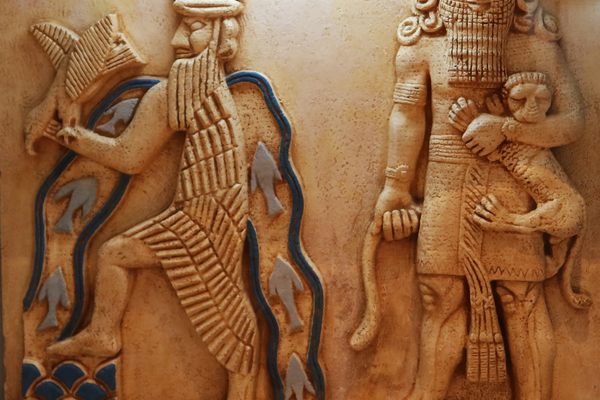

Follow us on Twitter to get the latest on the world's hidden wonders.
Like us on Facebook to get the latest on the world's hidden wonders.
Follow us on Twitter Like us on Facebook